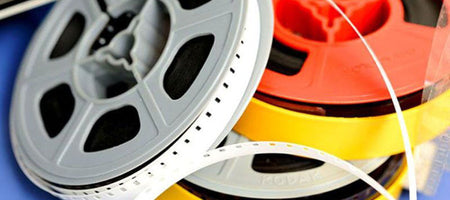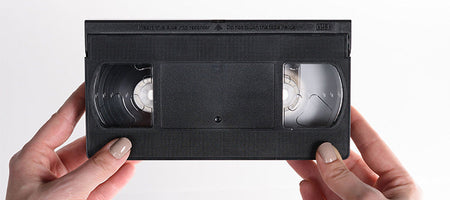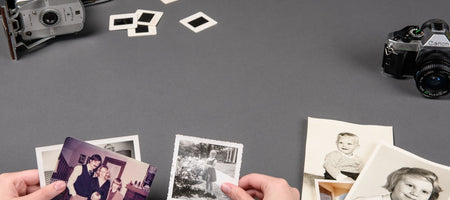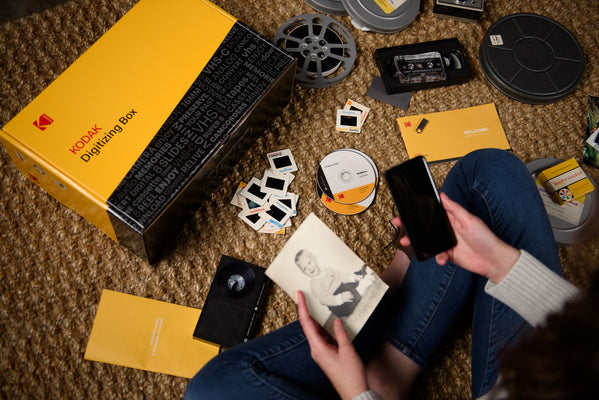Quick, everyone! Follow me into my time machine! I’m going to take you to a time (not so far back) when watching movies at home was a pain, weird stores called Blockbusters were on every corner, and a strange video format called VHS reigned supreme.
That’s right, we’re taking a trip to the 90s!
For any kids reading this blog that don’t know, VHS tapes are these weirdly shaped boxes, usually made out of black plastic, that went into these strange machines called VCRs. During our walk around homes, apartments, stores, and basically everywhere in the 90s, we’re going to see a smorgasbord of VCRs.
If you don’t know what a VCR is, you live a charmed life. VCRs were contraptions that you hooked up to a TV to watch movies. These machines were not connected to the internet, they didn’t have any special features, and they definitely weren’t smart. They just moved film from one spool to the other.
VCRs were a revelation when they first came out! The year was 1976, the pants were bell-bottomed, the music was disco, and watching movies at home wasn’t really a thing. Sure, you had movies that came on the broadcast networks occasionally, but it was up to someone else to decide what you were going to watch. Programmers ran the world. They chose what movies came on TV, and people either watched those movies or didn’t watch a movie. That was the choice that we peons had.
Then VCRs hit the market, and suddenly, everyone could watch whatever movie they wanted, basically whenever they wanted! If one were so inclined, she could purchase The Sound of Music on VHS and watch some precocious kids yodling in the Alps until the cows came home. VHS and VCRs changed home movies forever!
The most amazing part is that VCRs were relatively affordable at the time. It’s hard to find the exact price online, but most places say the first VCR -- called the JVC HR-3300 VIDSTAR -- was around $400 adjusted for inflation on release. That seems like a hefty price tag at first glance, but when we put it in perspective, it’s downright cheap.
For example, when plasma TVs first hit the market (yes, I’m that old), a 42” not-even-HD-capable plasma TV was $10,000, not even adjusted for inflation!
By comparison, $400 looks like an absolute steal.
And the rest of the world agreed. VCRs took over the planet, and basically every home in the world had one. From 1976 to the early 2000s, VCRs were in every living room and most bedrooms of the developed world. To accommodate the boom in the new home video market, rental shops like Blockbuster populated every street corner. A new type of movie called direct-to-VHS was established, giving us filmographical gems like Tales from the Quadead Zone.
By the end of its period of superiority, you could barely give VCRs away. They came prebuilt into TVs, you could get one with a happy meal, and even babies were rejecting VCRs because they had four in the closet already. Ubiquitous isn’t a good enough word to describe how widespread VCRs became.
Then the DVD came along and everyone forgot about poor VHS. DVDs were better in basically every conceivable metric -- better quality, no rewinding, better picture, easier to rewind, faster to fast forward, slimmer cases, shinier construction -- and VHS went out with a whimper. I still shudder wondering how many VCRs are currently not decomposing in landfills all across the world.
But for a short while, from the mid 70s to mid 2000s, VCRs were the best.













